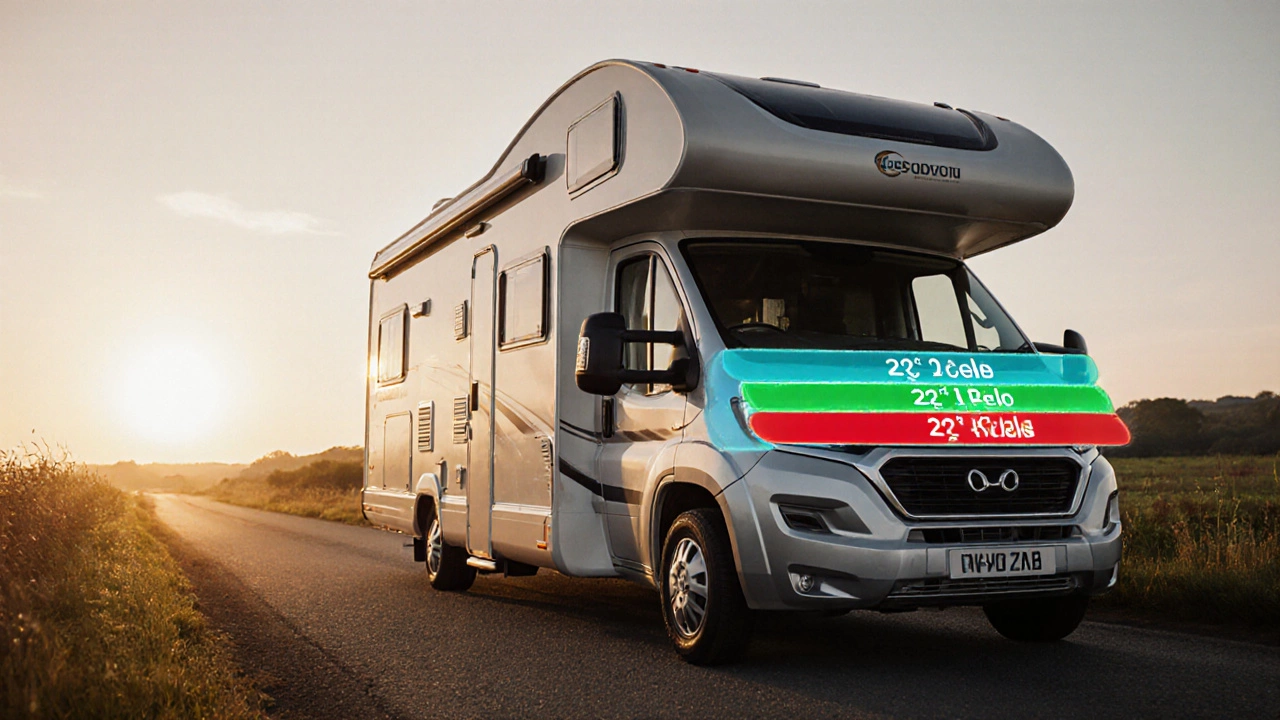RV Weight Distribution: Why It Matters for Safe Motorhome Travel
When dealing with RV weight distribution, the way a motorhome’s mass is spread across its chassis, axles and suspension. Also known as weight balance, it directly influences handling, fuel economy and tire wear. Proper load management, the practice of planning and positioning cargo, water tanks, batteries and passengers is the first step to achieving even axle rating, the maximum weight each axle can safely carry as set by the manufacturer. If you overload an axle, you’ll see premature brake wear, poor steering response and higher fuel consumption. Meanwhile, the center of gravity, the point where the vehicle’s mass is concentrated dictates how the RV behaves in corners and during sudden maneuvers; a high or off‑center gravity can cause body roll or even tip‑overs on steep grades. Balancing these factors also helps keep tire wear even, extending tyre life and preventing blowouts on long trips.
Practical Tips for Balancing Your Motorhome
Start by weighing your RV on a commercial scale or using a set of portable axle scales; record the front and rear axle loads and compare them to the vehicle’s stated axle rating. If the rear axle is significantly heavier, move heavy items—like the freshwater tank, propane bottles, or spare wheels—to the front or closer to the centre of the chassis. When the front axle is overloaded, shift cargo forward or remove excess weight from the driver’s seat area. Remember that passengers add weight, so distribute people as evenly as possible, especially on long journeys. Load distribution isn’t just about static weight; it also affects dynamics. A well‑balanced RV will have a lower centre of gravity, which improves cornering stability and reduces sway on windy roads or when towing a trailer. For those who tow, a weight‑distribution hitch can help share the trailer’s tongue weight across both the tow vehicle’s front and rear axles, keeping the overall system within safe limits. Additionally, tire pressure should be set according to the total loaded weight—check the manufacturer’s chart and adjust for temperature changes. Another often‑overlooked factor is the placement of water tanks. Full tanks act as a moving ballast, shifting the centre of gravity as water is used. If you travel over hilly terrain, consider using a graduated tank system or emptying partially used tanks before steep climbs to maintain a consistent balance. Finally, regularly inspect suspension components—springs, shocks, and bushings—because worn parts can exaggerate weight‑transfer effects and lead to uneven tyre wear. By keeping an eye on these elements—axle load limits, cargo positioning, centre of gravity, and tire pressure—you’ll notice smoother steering, better brakes and lower fuel costs. Most importantly, you’ll feel confident that your motorhome is mechanically stable, whether you’re cruising on the motorway or parking at a remote campsite. Below you’ll find a curated collection of articles that dive deeper into every aspect of RV weight distribution, from detailed load‑management strategies to real‑world campsite power setups that affect how you position equipment. Explore the guides to fine‑tune your setup and enjoy worry‑free adventures on the open road.
-
 VIEW POST
VIEW POSTUnderstanding the 2-2-2 Rule for RVs: A Practical Guide
Oct, 8 2025|0 CommentsLearn what the 2-2-2 rule for RVs is, why weight distribution matters, and how to apply it step‑by‑step for safer, smoother travels.